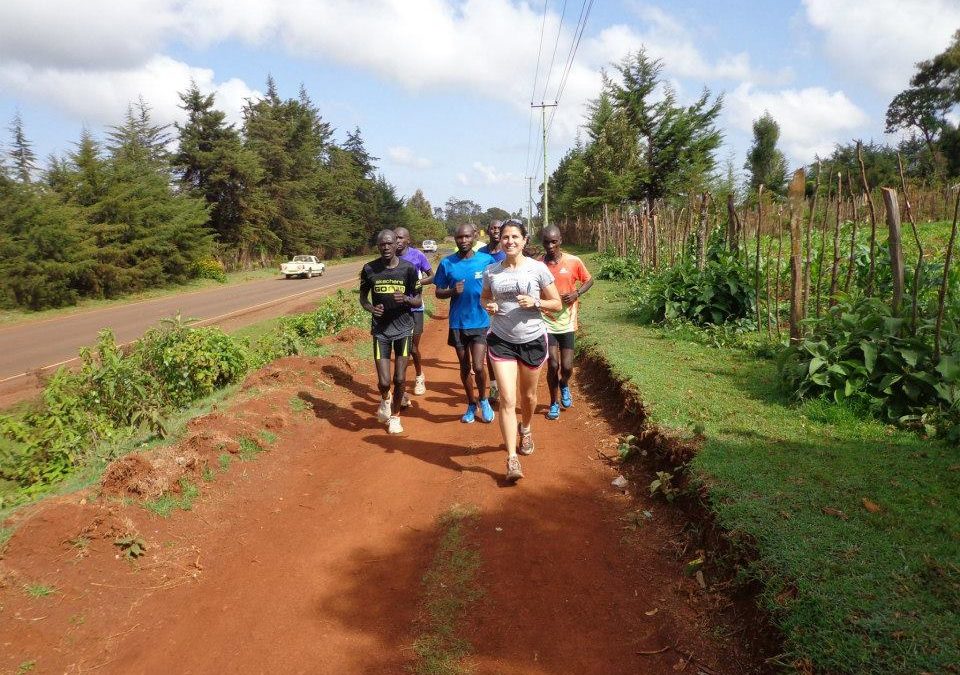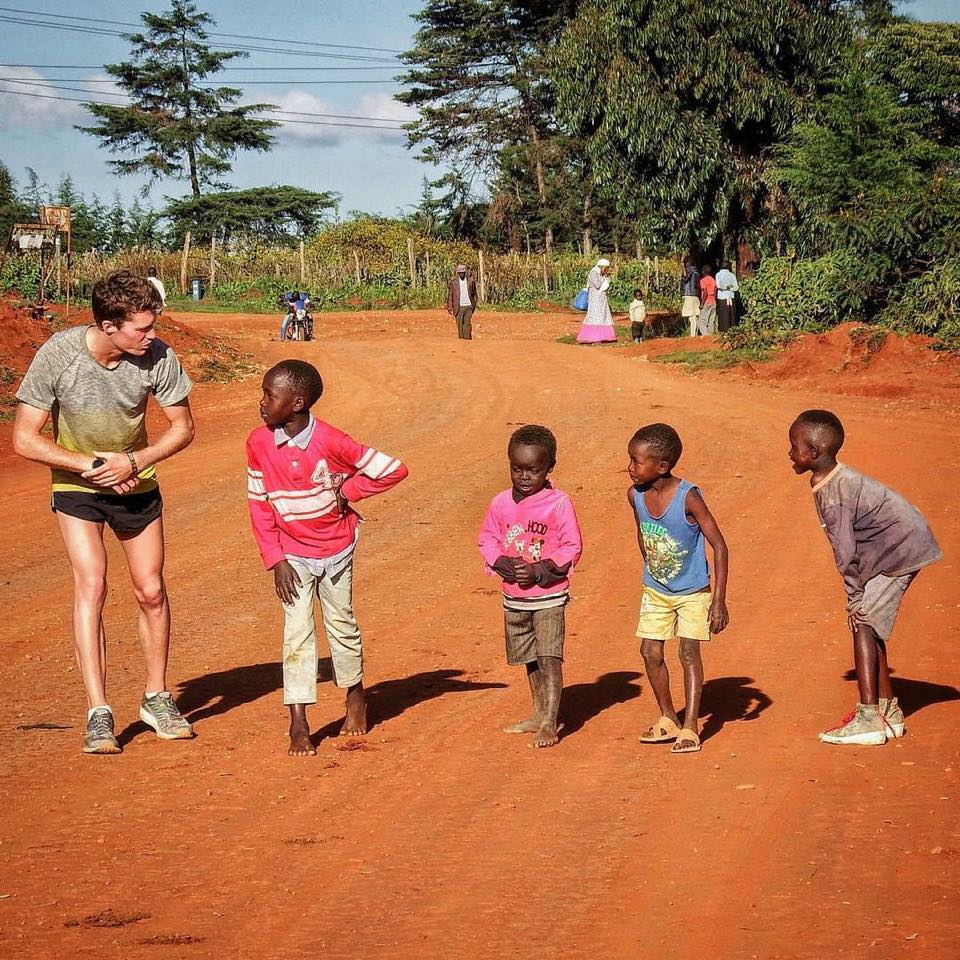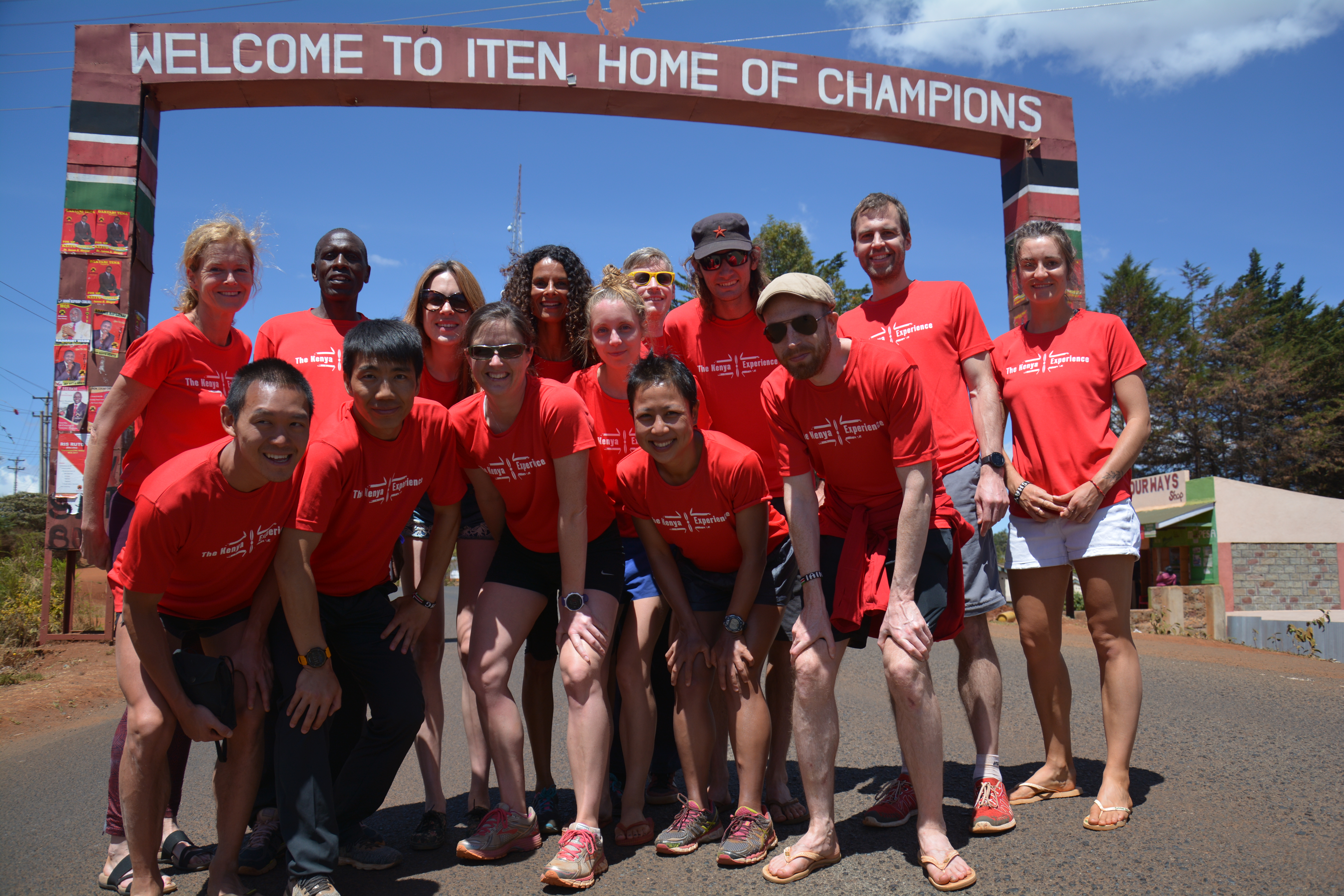This blog gives 10 detailed tips to help newer runners who want to improve
Consider what your goals are: This is an important place to start for runners of any ability. Whether your long term goal is to complete a 5km or run a PB time in the marathon, setting yourself a series of small achievable targets will help push you towards your ultimate goal.
Set yourself a long term goal that you would like to ultimately achieve, for example; “This time next year I would like to complete a marathon”.
Set smaller, achievable targets along the way. For example; “next week my total mileage will be 30 miles.” Or, “Before Christmas I will complete a 10km race”.
Write down your goals (big and small) and keep referring to them during your training. Doing this will keep your mind focussed and help you to get out the door on those cold winter evenings!
Always believe in yourself: Everyone has bad races, or workouts that don’t go the way they wanted. Even Eliud Kipchoge has off days! But the key is to remember all the runs that went great and all the races that did go your way. Never value yourself based on the bad days. Stay positive and stay focussed on what you set out to achieve.
Believe that your workout will go well before you start your watch. Believe that the hard work you are putting in will pay off. Believe that you will achieve your goals.
Make it social: Running can be a solitary sport at times. It can be difficult to put on your trainers and get out the door when it’s just you vs the elements. Getting involved with a local athletics club, running group or even a casual group of friends can be a great way to bring a bit more enjoyment to your running.
As well as making it more fun you’ll also find it easier to push yourself at the end of those tough workouts. You’ll be surprised how much harder you can run when your team mate is about to run past you!! Plus, it’s way easier to get out the door for your run when there’s a group waiting for you to show up, you won’t even think about the weather or how tired your legs feel!
There are so many benefits to training with others, give it a go and let us know if you noticed any differences in your training.
Make sure progress is sensible and realistic: There are several ways to progress the level of your training. You can increase the intensity of your workouts, the volume of running you are doing, adding in different types of cross training to compliment your running, etc.
Progression is vital if you want to improve, however, our top tip for runners is to do this gradually and sensibly. Increasing any particular part of your training too suddenly can result in injury, fatigue or other symptoms of ‘over training’.
A good way for beginner runners to start progressing is to increase weekly mileage. If you are currently doing 20 miles per week, jumping to 40 miles the next week is a great way to injure yourself. Instead try building to 30 miles over the course of a month, then maintain this volume for a few weeks while your body adapts to this new level. Then progress to 35 miles over the next few weeks and so on.
While you are progressing your training you should listen to your body and see how it responds. If at any point you feel like you are fatigued or overly tired don’t be afraid to drop back slightly. The key is to remember that the human body takes time to adapt, if you try to rush it, you might just pay the price!
Warm up before hard training sessions: This top tip is something that is second nature to more experienced runners but is often overlooked by beginners.
Warming up: When preparing for a workout you need to get your body ready to exercise. Getting your heart rate elevated, blood flowing to the areas that need it and muscle fibres recruited and ready are all key parts of warming up. Not only does it prepare your body physically but also helps you to focus and mentally prepare for the task ahead. Many athletes have specific warm ups that are personal to them and have been crafted over many years of racing and training, but in general your warm up should consist of some kind of aerobic activity (a light jog of perhaps 5-10 minutes) combined with some dynamic stretching of the muscles you will use in your workout. Training with a club or running group is a great way to learn a good warm up routine.
Invest in a good pair of running shoes: The quality, amount of cushioning, level of support, weight etc of running shoes vary hugely from brand to brand and shoe to shoe. So finding the right pair of trainers for your feet can be difficult! Luckily there are several specialist running shops that offer free or cheap gait analysis and will help fit you in the right shoes.
Running in a good quality pair of trainers will make a real difference to your training. According to “The Science Behind the Shoes” by researchers at Saucony who state:
“The force exerted by the foot increases to between four and seven times body weight during the forefoot phase. (That means the foot of a 150 pound runner can be called upon to support a weight of a thousand pounds or more!!)”. When the average runner takes around 160 steps per minute hopefully you can see how important it is to take care of your feet.
Run on a variety of surfaces and terrains: It’s very easy to stick to your favourite running route over and over again, but exploring different areas and running on a variety of surfaces has various benefits.
Running on softer surfaces is great for reducing impact and helping to improve the strength of the stabiliser muscles which help maintain your balance on a less predictable surface. This can prove beneficial in a sport which is otherwise so repetitive. On the other hand running on harder surfaces such as tarmac can be effective for strengthening tendons and improving the elastic response of the muscles in the lower leg. Those with Achilles problems may also find running on the road more beneficial since the hard surface maintains the Achilles tendon in a more relaxed position during the stance phase of the running gait.
However, try to avoid doing too much of your mileage on the road since the repetitive impact could start to have a negative impact on your bones and joints. For this reason doing some of your runs on softer surfaces like grass will help keep your body in tip top shape.
Running on the treadmill or track can be great if you’re doing a workout that requires some precision. For example if you are doing an interval session and want to run at a certain pace the treadmill or track can help you keep an eye on whether you’re hitting those targets!
If you’re looking for a bit more variety try heading out to a local trail or coast path. This will add a bit more excitement to your running and is a great way to explore some of the more beautiful parts of the world. Be sure to keep an eye out for hidden pot holes and obstacles and make sure you pick the right shoes for the occasion!
Keep a training diary: There are loads of benefits to keeping a log of your training in some way. Write down the times/pace/distances you achieved in particular workouts, the more detail you can include the better. How did the run feel? What did you eat before your workout or race? Etc.
Keeping a diary of these things will allow you to look back and see if you are improving and are on track to achieving your goals. It’ll make it easier to spot things that work well for you while also allowing you to identify the things that don’t work so well.
These days many runners, both causal and elite, use smart watches that track everything from time and distance to heart rate and cadence. Logging these details on platforms such as Strava is a great way to keep track of your training but don’t get too caught up on the finer metrics. Instead, try writing down how you actually felt, your watch can’t tell you that!
Remember that recovery is part of training: During training your body undergoes certain stresses. Muscle fibres are damaged, your heart rate and stroke volume increase dramatically and your respiratory system is made to work. It is only once you rest that adaptation to these stresses begins to take place. The human body is extremely clever; during recovery the systems that were stressed during exercise are repaired, they become stronger and better equipped to deal with the stresses that your running places them under.
If, however, you do not allow yourself adequate rest then these adaptations will not take place and you will not see improvements. Continuing to neglect adequate rest may lead to injuries and illness.
When you are trying to improve there is a fine line between too much and not enough rest. For beginner runners, running 2 to 4 times a week is a great start and as your body adapts to training you can start reducing the number of rest complete days.
The key is to listen to your body and remember that rest is training too! (See our blog ‘Recovery Running’ and look out for an upcoming post on the importance of rest for more on this subject)
Last but not least in our series of running tips is enjoy yourself!
Running is a sport that should be fun and relaxing while also offering a physical and mental challenge. There are tons of reasons why running is fun, if you can’t find any then ask yourself if you are running for the right reasons.
Not only are there the health benefits, it’s also great way to make new friends, discover new places, relax and refresh your mind, the list goes on.
Always remember, if someone asks you why you run, reason number one should be because it’s fun!!
About the author
Callum Jones is an engineering master’s graduate of the University of Bristol and middle distance runner who has spent long periods of time training in Kenya. He began working for the Kenya Experience in October 2017.
“I’ve been an aspiring distance runner for the last 10 years and worked hard to improve my times year after year. Training in Iten was an incredible experience for me, it really took my running and love for the sport to a new level and opened my eyes to a whole new mentality towards training. Working for Kenya Experience is fantastic as I can offer my knowledge of the sport and insight into the Kenyan running culture with our guests.”
About Us
The Kenya Experience – Running Camps in Iten Kenya for all runners
Our running camps provide an inspirational location, expert coaching and a supportive group environment for runners of all levels.
With an emphasis on ‘doing it the Kenyan way’ the camps include guided runs, practical workshops and an exciting itinerary outside of the actual training itself which will immerse you inside the Kenyan running scene. You will meet and learn from top Kenyan runners & coaches and interact with the local community in Iten under the guidance of our expert staff.
Want to know more? Click here for details on our training camps




Recent Comments